With self-employment and entrepreneurship on the rise, the need for a functional workspace in the home has become more relevant than ever. For some it’s a dedicated room, while others may have a recessed ‘nook’ in a hallway for example, or a room in their home that does ‘double duty’, eg. A desk inside a ‘cupboard’ in the living or dining room. It’s important to have that dedicated space where work is your main priority, not only to keep you focused, but also to keep your work from spilling over into your personal or family life. By asking yourself these 6 questions you’ll be on the way to creating a practical home office to suit your needs.
1. Who will be using this space?
Is your home office only for your own use or will you need to share the space? Consider the other people who may need to use the office, such as co-workers, family members and clients. How can your office accommodate them comfortably?
2. Do you see clients in your office?
If clients are expected to visit your office, it can strongly influence the design you choose. The space must appear professional, relevant to your field and on brand. There also needs to be enough seating for your clients to meet with you. If you are hosting clients and/or colleagues regularly, a small meeting table could be a necessity, as could a small ‘waiting area’.
3. How much storage do you need?
No matter what business you are in, you’ll need storage of some kind for paperwork or documents. There are some great online, soft copy or cloud based filing systems available, but sometimes having a hard copy just can’t be avoided. Shelving units and filing cabinets are available to suit most décor styles. If space is an issue consider keeping only the most relevant and recent documents on hand in the office and store older documents in another room, your garage or even offsite.
4. Who’s sitting where and on what?
The layout of your office is critical in creating a functional space. It’s largely dictated by:
- The size of the available space
- The number of people using it
- The activities to be undertaken
- Any storage needs.
Other factors are WH&S regulations, sound ergonomics, location of lighting and power.
If your home office is your primary place of work, then you could be spending a lot of time in your chair. It’s worth investing in a quality office chair, which is ergonomically designed for posture and comfort.
Recently a lot of research has been published about the harmful effects on our bodies of long term sitting. It could be worth incorporating a ‘standing desk’.
Click here for an interesting article about the dangers of sitting all day.
5. Do you need a colour scheme that helps you focus, and do you have corporate or brand related colours?
Colour can impact your ability to focus in the workplace. It can also help you to be more creative so it’s important to choose the right colour scheme to maximize your productivity and creativity. A strong colour such as red can be good as a pop colour but can be stressful in large amounts. Aqua and purple are creative colours. Remember if you have corporate or brand colours, these can be incorporated into any colour scheme.
6. Do you have adequate lighting and power?
The ‘correct’ lighting depends on the work you’re doing. Lighting should be bright enough to comfortably do your work.
General lighting such as down lights should evenly light the entire room and not cast awkward shadows. If you’re working with paperwork, technical drawings or artwork, then you’ll need task lighting such as a desk lamp to avoid straining your eyes.
Most of us have lots ‘devices’ that require power to use them. Do you have enough power points and other technology such as the Ethernet or Wi Fi to operate them efficiently?
If you need a hand creating your ideal home office, feel free to call me on 0416 190 792 or email me at [email protected]. Also visit my Pinterest page for some home office inspiration.

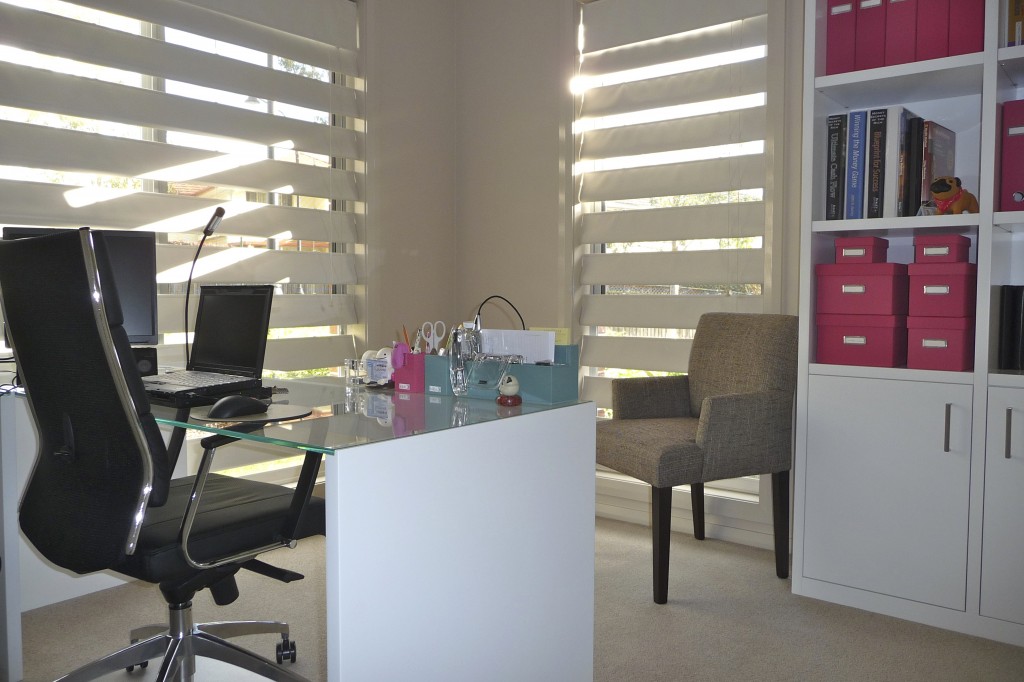
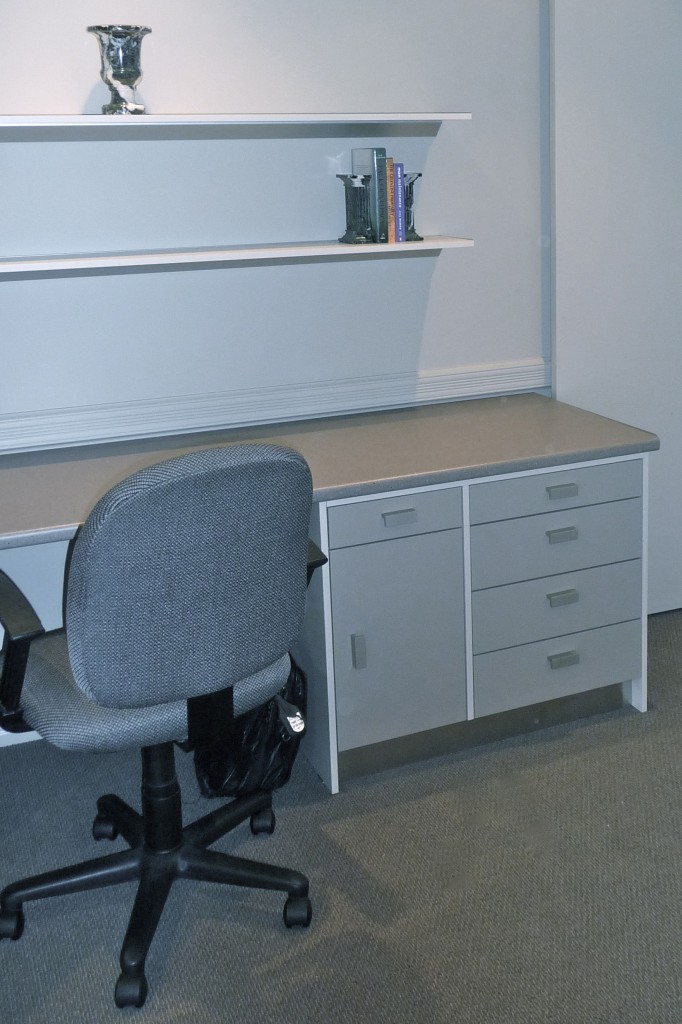
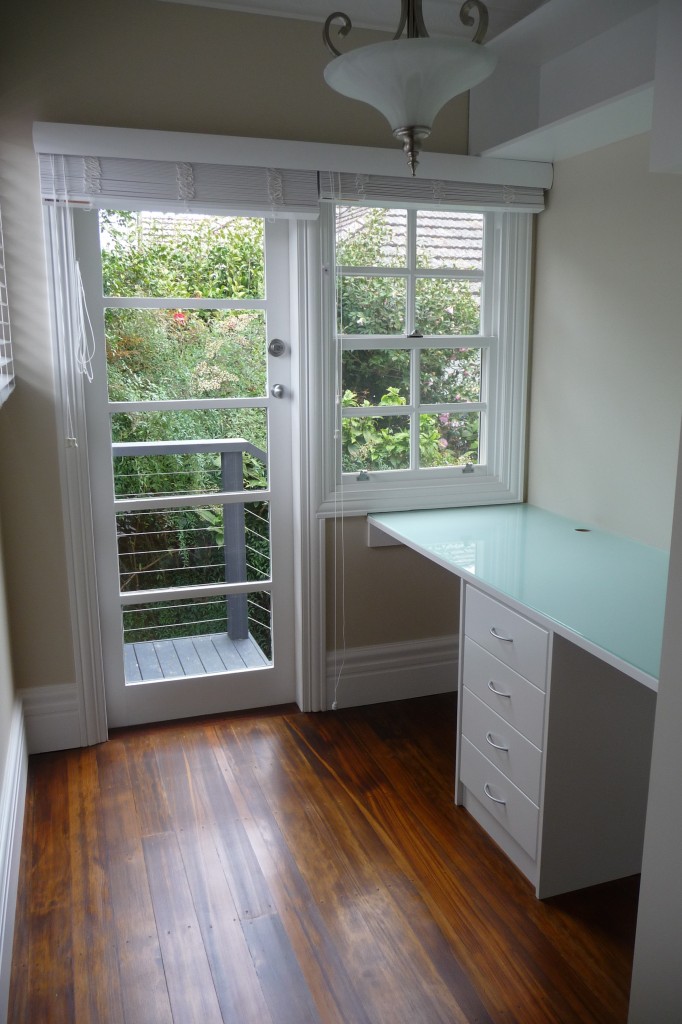
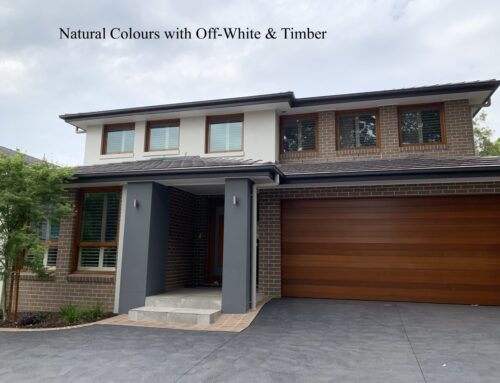
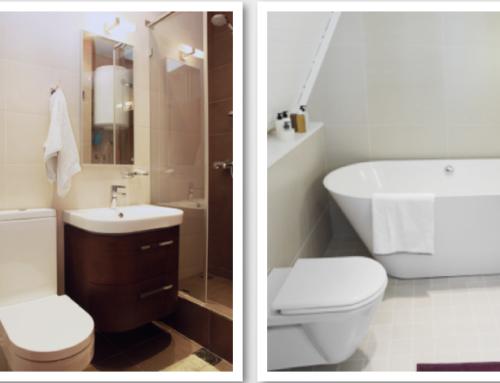
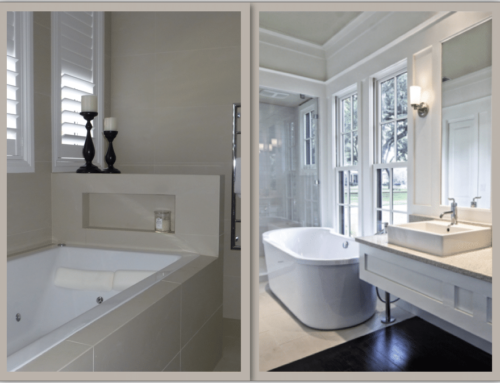
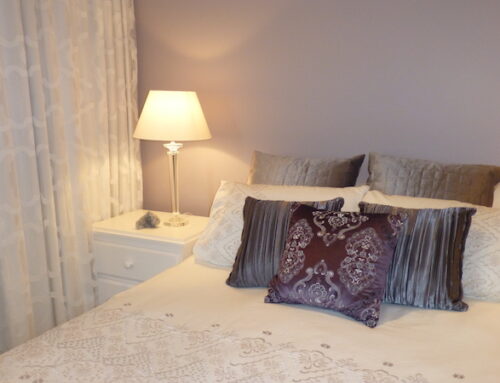
Leave A Comment